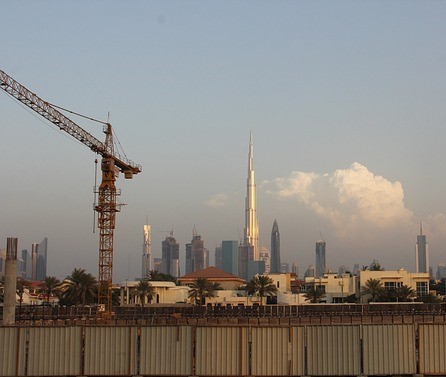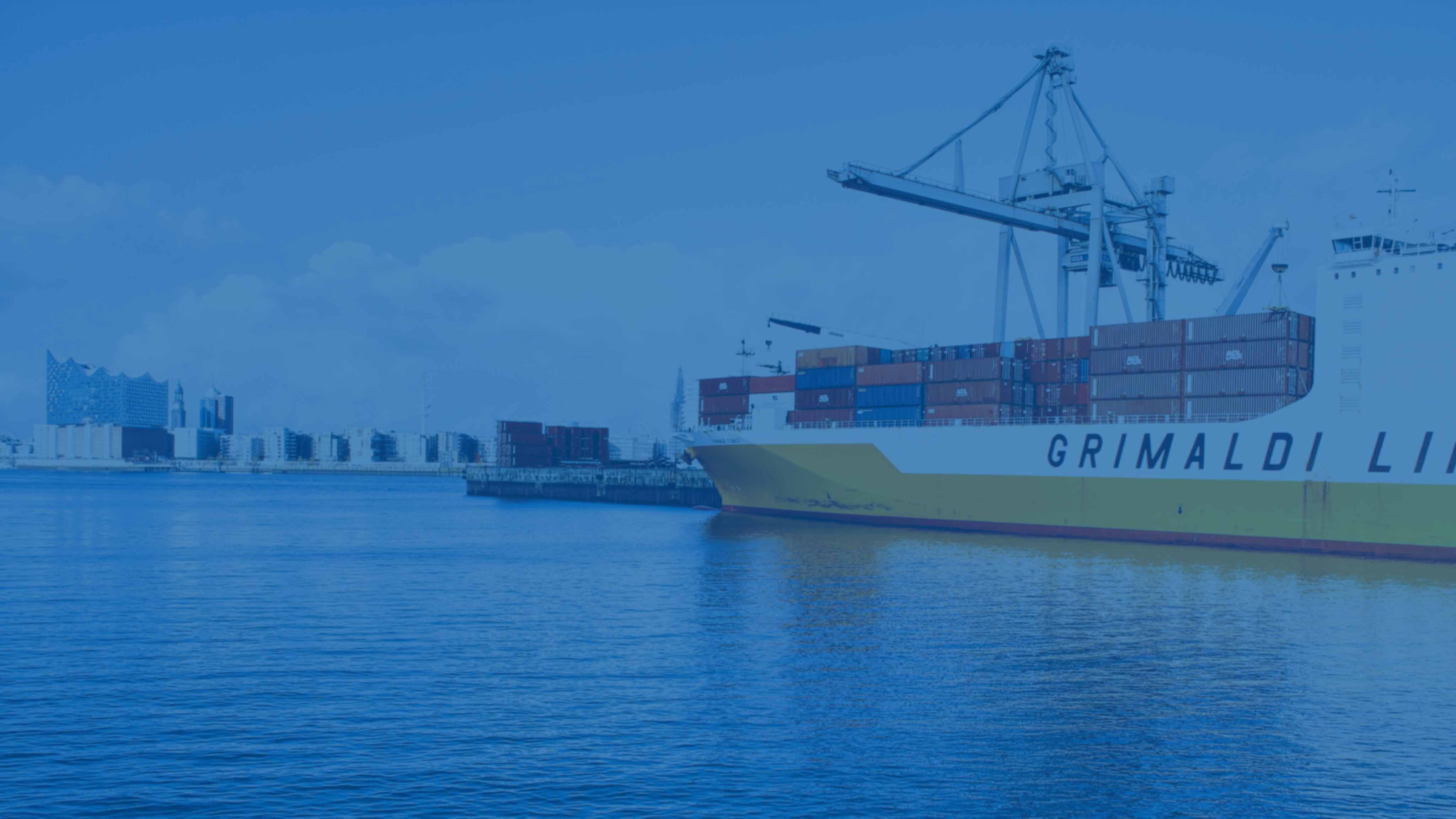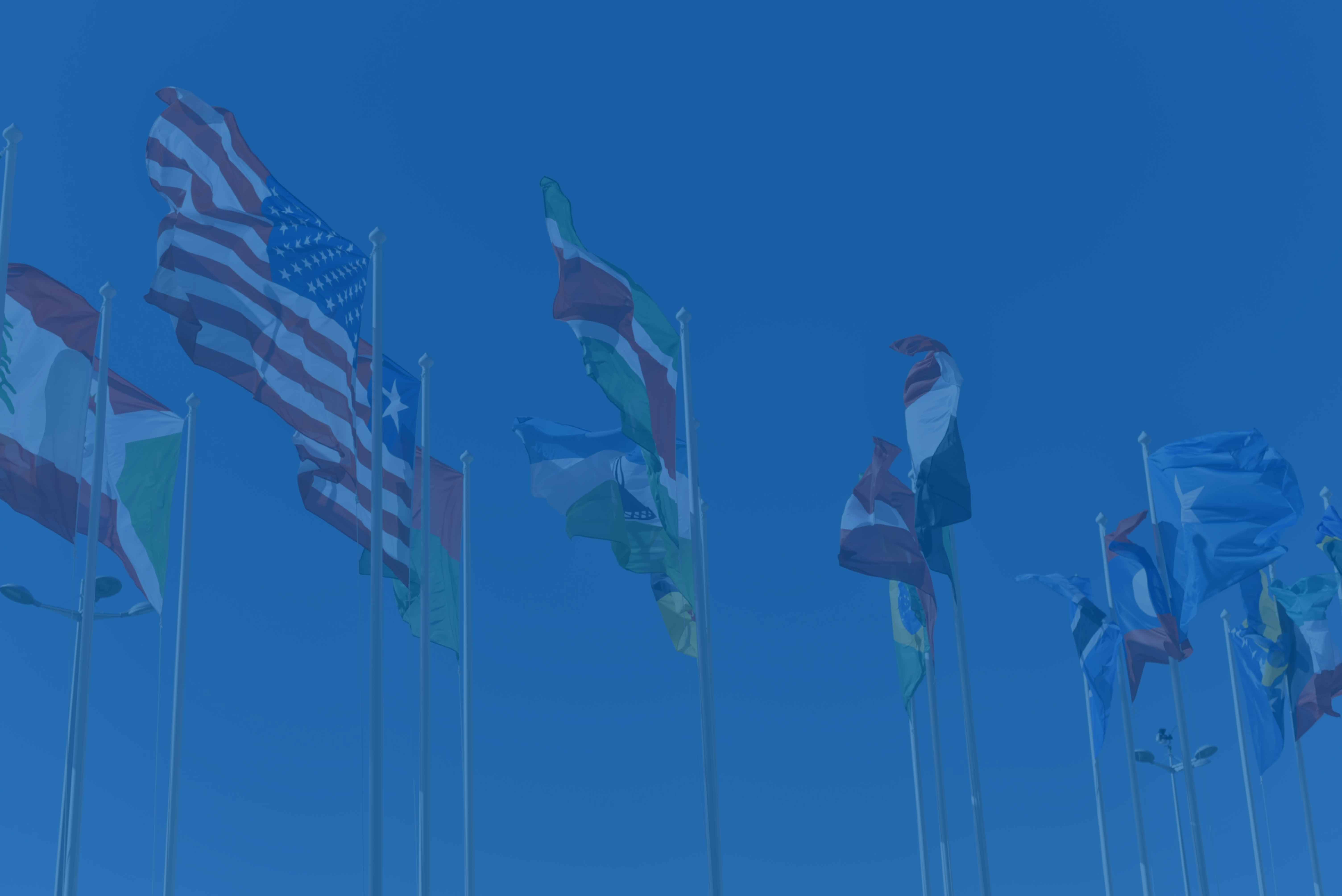The Great Indian Web3 Migration to the United Arab Emirates
- Regulatory squeeze by the Indian government has seen Indian crypto, blockchain and web3 founders looking overseas to setup base
- By far UAE has been perceived as the destination of choice due to clear crypto regulations and liberal tax policies
In 2021, $600M was invested in Indian web3 startups while investment in 2022 has surged to $890M. This investment windfall seemed a watershed moment signaling India’s emergence as a global hub for the next generation of the internet. However, optimism was short-lived with the release of the Indian government budget in February 2022 revealing plans to levy a 30% tax on income from digital asset transfers and a 1% tax on digital asset transactions starting in July. At the same time, the Ministry of Finance revealed plans to explore a central bank digital currency as an alternative to private digital currencies.
In May, the Reserve Bank of India (RBI) leadership sowed further public doubt about cryptocurrencies and digital assets. Statements by RBI leaders painted cryptocurrencies as a threat to the India’s monetary, financial, and macroeconomic stability and went as far as labeling cryptocurrencies Ponzi schemes that should be banned. Following the precedents of Singapore and the UK, the Securities and Exchange Board of India also recommended that celebrities be prohibited from endorsing crypto products - but did not go so far as banning advertisements.
However, one of the most damaging government moves against crypto and the broader Web3 ecosystem was the recent suspension of Rupee deposits via the instant real-time payment system - the National Payments Corporation of India owned Unified Payments Interface (UPI). The UPI suspension leaves few options for crypto exchanges to accept deposits, and the National Payments Corporation of India has, so far, resisted providing an official statement on the move. The Indian government’s anti-crypto moves have also taken place against a larger backdrop of lagging Web3 regulation. Though India is home to the third-largest number of NFT companies globally, behind the US and Singapore, it lacks regulations governing the issuance of tokens, management of token-based economies, and emerging Web3 governance structures.
One of the most damaging government moves against crypto and the broader Web3 ecosystem was the recent suspension of Rupee deposits via UPI
This sporadic, reactive policymaking has been bad for business. Due to regulatory uncertainty and short-sighted tax policies, crypto exchanges have seen transaction volumes decrease by more than 70%. Lack of regulatory clarity has also pushed crypto and Web3 to search for greener grass elsewhere. Previously, this search started and ended with Singapore. However, this changed in March with Dubai’s creation of a Virtual Asset Regulatory Authority, the world’s first dedicated crypto regulator. Dubai’s checkmate policy maneuvering, coinciding with Singapore stepping up crypto licensing requirements and slow progress by the US, made the United Arab Emirates’ crypto siren song even more irresistible to Indian crypto and Web3.
The great Indian crypto migration started in April with a small trickle of prominent crypto startups, like WazirX and Polygon, announcing moves to Dubai. However, this trickle has since turned into a trend with the executive teams of Indian crypto and Web3 startups, big and small, making the move. The migrations of India’s category-defining crypto and Web 3 Indian startups to the United Arab Emirates (UAE) have also influenced up-and-comers, like BigBuc, CGCX, PCEX, Instadapp, Unifarm, and Zebpay, to consider following in their footsteps.
Creating a Web3 Regulatory Flywheel
The UAE’s first-mover push to provide Web3 regulatory certainty has created a flywheel that is attracting startups, talent, and investment while also positioning it as an emerging global Web3 hub. Despite Abu Dhabi Global Market’s pioneering work on regulating virtual assets as early as 2018, the approval of Dubai’s Virtual Asset Regulation Law, which created a dedicated regulator and established an intention for future licensing and regulation of other Web3 use cases, was particularly attention-grabbing for Indian startups. The UAE’s business-friendly, forward-looking pitch to crypto and Web3 is creating certainty for migrating Indian startups in terms of what they can build while offering a sandbox approach to emerging Web3 use cases.
The UAE’s first-mover push to provide Web3 regulatory certainty has created a flywheel that is attracting startups, talent, and investment
The UAE’s approach to Web3 regulation has also been a bit different than its previous attempts to regulate unregulated technologies. Whereas the go-to strategy has historically been to benchmark developed countries, learn from their experience, and synthesize best practices into policy, the UAE’s approach to regulating crypto and Web3 has been to move forward with light touch regulations that create certainty while leveraging agile governance to address uncertainty. The stakes of early Web3 leadership – which the Dubai Metaverse Strategy estimates could add $4 billion to Dubai’s economy alone and create 42,000 virtual jobs – are too big for fast follower strategies.
Building a Web3-ready Workforce
Up until March 2020, when the global pandemic forced GCC employers to adopt flexible work models, the modern-day version of the 1900s punch card system was alive and well. Nearly every office door in the GCC is flanked by a Theory X-reinforcing biometric attendance system. However, the global pandemic provided the UAE a glimpse of what the future remote-first, distributed, borderless Web3 workforce might look like. More importantly, the pandemic exposed how critical labor market reforms to enable the future of work would be to solidifying the UAE’s ambitions as an emerging global technology hub.
For Indian crypto and Web 3 startups, the UAE’s Web3 brain gain enables migratory business models
The global pandemic led the UAE to update its 20+ year old labor law to introduce workforce mobility and flexibility and long-term residency reforms to attract digital nomads, freelancers, entrepreneurs, and high net worth investors. East and Southeast Asia’s slow response to the global pandemic and the Russia-Ukraine conflict have also promoted a Web3 brain gain.
Whereas the Arab World has historically bemoaned its brain drain, shrewd regulatory competition and global events have allowed the UAE to unwittingly assemble one of the world’s deepest Web3 workforces. For Indian crypto and Web 3 startups, the UAE’s Web3 brain gain enables two types of migratory business models: a partial business migration where Indian tech companies start a holding company and keep a few key executives in the UAE but continue to work from India as well as a full migration of entire operations, lock, stock, and barrel.
Banking on Location, Location, Location and a Free Trade Agreement
Due to the UAE’s increasingly eastward-looking foreign policy approach, diplomatic and economic ties between India and the UAE have grown much closer since 2015. With these closer ties, the UAE and Indian tech and startup ecosystems have also converged. Indian startups have capitalized on the diaspora market, progressive digital economy regulations, and increasing investor interest to expand to the UAE.
The historic signing of the UAE-India CEPA bilateral free trade agreement is also fast-tracking the ecosystem convergence and migration
While startups which received funding from GCC sovereign wealth funds made up the 1st wave of the 40-some startups that moved to the UAE, Indian startups are beginning to migrate at much earlier stages – a trend that predates the current Web3 migration. The historic signing of the UAE-India Comprehensive Economic Partnership Agreement (CEPA) bilateral free trade agreement is also fast-tracking the ecosystem convergence and migration. With geographical proximity in its favor and the promise of CEPA, the UAE also eclipsing Singapore as the Indian startup holding company domicile of choice for global expansion. The new CEPA-affiliated India-UAE Startup Bridge is likely to accelerate Web3 migration and potentially even start attracting India’s successful e-commerce, SaaS, fintech, and delivery startups to set up shop.
Is the UAE’s Early Web3 Leadership Defensible?
With the crypto market losing $500B+ so far in May, down ~ 29%, and the Nansen Blue Chip 10 NFT benchmark down 50%, Web3 is still receiving love from venture capitalists - but not from retail investors and regulators. Cryptocurrency market volatility, the implosion of the TerraUSD stablecoin, and worries about wider contagion effects of crypto on financial stability put progress on global crypto regulations at the top of the agenda at the G7 Finance Ministers and Central Bank Governors ́ meeting in Germany in mid-May. A communiqué agreed to at the meeting called for swift international cooperation on crypto-asset regulation.
Progress on Web3 regulation in India, and globally, will likely slow the current Web3 migration
While the UAE’s early Web3 regulatory leadership has provided a head start, it is less clear if this regulatory moat is defensible against the backdrop of global cooperation on Web3 regulations. India, for example, announced at the end of May that it is close to finalizing a consultation paper on cryptocurrencies to inform national regulations and contribute to the dialogue on global regulations. Progress on Web3 regulation in India, and globally, will likely slow the current Web3 migration which puts pressure on the UAE, like the entrepreneurs it wants to court, to up its game to shore up the defensibility of its early leadership as an emerging global Web3 hub.














































